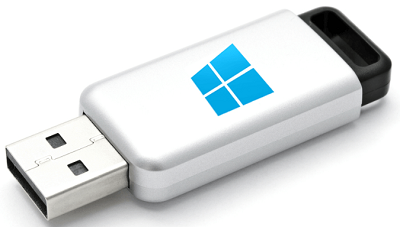

- #Make a bootable usb from iso using cmd how to#
- #Make a bootable usb from iso using cmd install#
- #Make a bootable usb from iso using cmd upgrade#
- #Make a bootable usb from iso using cmd Pc#
Additionally, to boot the non-working PC and perform a repair, you also need a Windows repair disc or USB drive. Or, when getting a new PC without OS, you need to make a clean install.
#Make a bootable usb from iso using cmd install#
But there may be some who may want to go for a clean install by using a Windows ISO image.īesides, when there is something wrong with the operating system, you may also choose to reinstall Windows.
#Make a bootable usb from iso using cmd upgrade#
Therefore, most of you may have reserved a copy of the Windows 10 upgrade for your computers. It’s Necessary to Create Bootable USB from ISO Windows 10Īs to Windows 10 OS, it has got more popularity due to its advantages, for example, reliability, better user experience, safety, etc.
Suggestion: Back up Windows & Restore System. 
#Make a bootable usb from iso using cmd how to#
How to Create Bootable USB from ISO Windows 10. It’s Necessary to Create Bootable USB from ISO Windows 10. If you prefer a visual step-by-step guide, check out the slideshow below. Copy the extracted contents of the Windows 10 Technical Preview ISO to the USB drive. Afterwards, it will show up as a drive under My Computer. Use the "assign" command to assign a drive letter to the USB drive. Use the "format fs=ntfs quick" command to format the said partition as NTFS, using the Quick routine. 
Use the "active" command to make said partition appear active, or validated. Use the "select partition 1" command to select the previously created partition. Use the "create partition primary" command to create a primary partition on the USB drive. Use the "clean" command to erase the contents of the USB drive. Use the "select disk X" command to select it, where "X" is the disk number of your USB drive. Identify the disk number of the USB drive you are using for this process (look at the size column for easy identification based on my experience, it is usually listed last). This will show all the HDDs, SSDs, USB drives and so on. Use the "list disk" command to reveal the list of attached physical storage media. Validate the UAC prompt, if asked, to carry on. Use the " diskpart" command to open the disk partitioning software. To do this, trigger Run (Windows key + R will do the trick, or you can find it in the Start menu), type "cmd" and then hit the OK button. Also, a backup of the files on the USB drive is recommended.Īfterwards, you will need to attach the USB drive, and follow the next steps to make a bootable Windows 10 Technical Preview USB media: Keep in mind that the partition you will use needs to have enough free space to accommodate the extra content. This option is revealed by right-clicking on the said file. Also, the faster the USB drive is the less time everything takes Īfter you have ticked every item on that list, you will have to install the archiving tool of your choosing (if you do not have one installed already) and then extract the contents of the Windows 10 Technical Preview ISO to a folder on your Windows PC. USB drive - the minimum size is 4 GB for the 32-bit version and 8 GB for the 64-bit version. Archiving tool like 7-Zip or WinRAR (either one is fine for the job). Windows 10 Technical Preview product key: NKJFK-GPHP7-G8C3J-P6JXR-HQRJR (taken from the page linked above). Windows 10 Technical Preview ISO, which you can download from here.







 0 kommentar(er)
0 kommentar(er)
